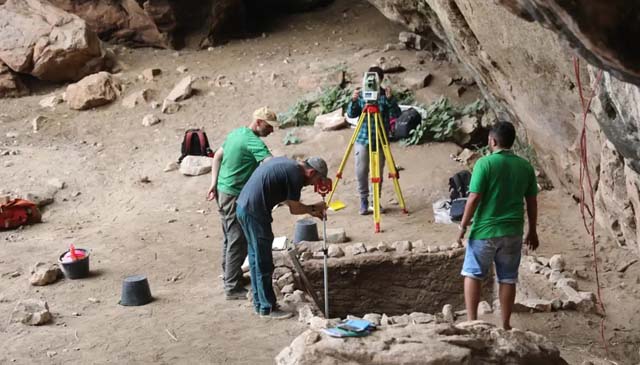
CANBERRA, May 23, 2024 (BSS/Xinhua) - The discovery of artifacts and bones in a cave on Timor by Australian researchers has led archaeologists to reassess the migration of early humans through Southeast Asia.
In a study published on Wednesday, researchers dated and analyzed thousands of stone artifacts and animal bones found in a deep cave at the Laili rock shelter in northern Timor-Leste.
The study, which was funded by the Australian Research Council (ARC) Center of Excellence for Australian Biodiversity and Heritage, found that human occupation of Timor Island began 44,000 years ago.
Sue O'Connor, co-author of the study from the Australian National University (ANU), said the findings challenge the belief that Timor Island was used as a stepping stone for the first human migration from Southeast Asia into Australia and New Guinea.
"The absence of humans on Timor Island earlier than at least 50,000 years ago is significant as it indicates that these early humans arrived on the island later than previously believed," she said in a media release.
"This provides further evidence to suggest early humans were making the crossing to Australia using the stepping stone island of New Guinea, rather than Timor Island as researchers had previously suggested."
Most of the items excavated by researchers at the site were small stone tools and fish bones.
Co-author Shimona Kealy from the ANU College of Asia and the Pacific said the large number of artifacts unearthed at the site indicated major migration of early humans to Timor Island -- likely from the nearby Flores Island and mainland Southeast Asia.